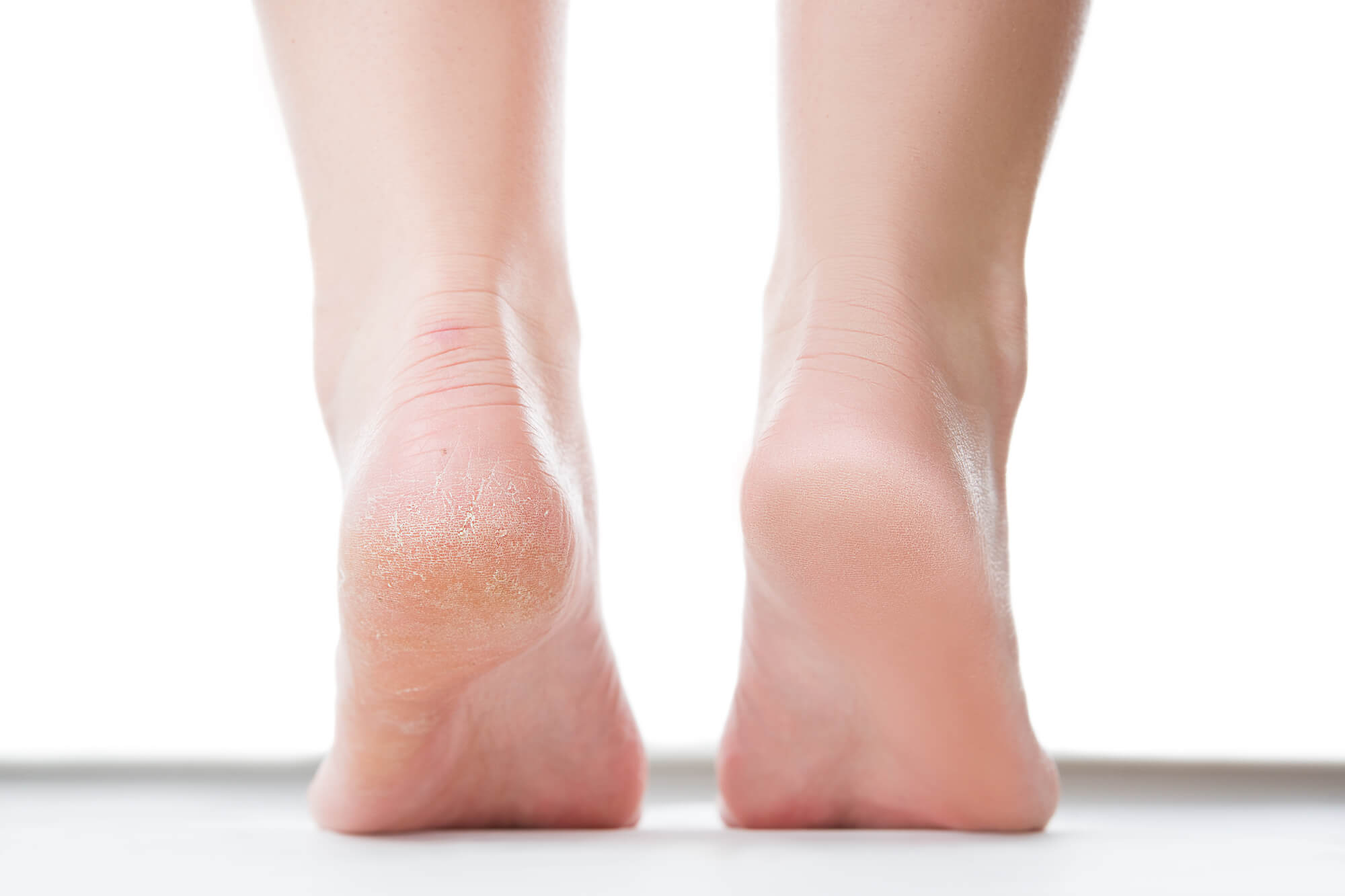Understanding Bruised Heels: Causes, Symptoms, and Treatment Options
Every step can remind you of your discomfort when dealing with foot pain. Have you been struggling with heel pain? If so, you're not alone. A bruised heel can be a frustrating and painful experience, making even simple tasks feel like a struggle. But don't worry; many ways to treat and manage this condition effectively exist.
This comprehensive guide will explore everything you need about a bruised heel, including its causes, symptoms, and various treatment options. Understanding this condition can significantly improve your comfort and recovery, whether you're a seasoned athlete or someone dealing with heel pain for the first time. With the right information and support, you can take control of your foot pain and get back to enjoying your daily activities without discomfort.
Key Takeaways
- A bruised heel, or heel contusion, can result from trauma, repetitive stress, and its association with conditions like plantar fasciitis.
- Heel pain may have different underlying causes, such as heel bone fractures, plantar fasciitis, or wearing improper shoes, and proper diagnosis is essential for effective treatment.
- Treatment options for a bruised heel include rest, ice, elevation, pain management, supportive footwear, and physical therapy, with recovery varying in duration based on the severity of the injury. Consulting a podiatrist is crucial for accurate diagnosis and tailored care.
What is a Bruised Heel?
A bruised heel, known medically as a heel contusion, is an injury that affects the soft tissue beneath the calcaneus, the heel bone. This injury can result from various factors, each with its degree of impact:
- Impact Injuries and Trauma: Bruised heels often occur due to sudden and forceful impacts or traumas to the heel area. This can happen during accidents, falls, or even sports-related collisions. The force generated in such incidents can lead to localized damage and bruising, causing significant discomfort.
- Repetitive Stress on the Heel: While acute traumas are common causes, repetitive stress on the heel can also lead to micro-injuries and eventual bruising. This is especially relevant for individuals who engage in extensive walking or running activities without proper footwear or support.
- Link to Plantar Fasciitis: In some cases, a bruised heel can be closely linked to plantar fasciitis, a condition characterized by inflammation of the plantar fascia, the tissue that supports the foot's arch. The two conditions often coexist, and understanding this connection is crucial for effective treatment.
Causes of Heel Pain
Heel pain can be attributed to various underlying causes, and it's essential to differentiate between them to determine the most appropriate treatment. While we've discussed bruised heels, other common factors contributing to heel pain include:
- Heel Bone Fractures: Fractures of the calcaneus, or heel bone, can result from severe impacts or falls. These fractures are often excruciating and require immediate medical attention to ensure proper healing and avoid long-term complications.
- Plantar Fasciitis: Plantar fasciitis is a prevalent condition characterized by the inflammation of the plantar fascia. It typically manifests as sharp, stabbing pain in the heel, especially during the first steps in the morning or after extended periods of rest.
- Wearing Improper Shoes: Footwear plays a significant role in heel health. Wearing shoes that lack proper arch support or cushioning can strain the heel and lead to discomfort, eventually contributing to bruising or other issues.

Symptoms of a Bruised Heel
Identifying a bruised heel can be challenging, as the symptoms often overlap with other heel injuries. It's crucial to recognize these signs for early intervention:
- Localized Pain: Pain is the primary symptom of a bruised heel. The discomfort is typically concentrated in the heel area and may worsen when pressure is applied, such as when walking or standing.
- Swelling and Bruising: Swelling and visible bruising are common indicators of tissue damage in the heel region. These visual cues can provide healthcare professionals with valuable information when diagnosing the injury's extent.
- Discomfort When Walking or Running: Activities involving weighting the affected heel, such as walking or running, can be particularly painful. The pain may range from a dull ache to sharp, shooting sensations.
Diagnosing a Bruised Heel
If you suspect you have a bruised heel, it's essential to consult a podiatrist for a proper diagnosis. A podiatrist can perform a thorough physical examination and may recommend imaging tests, such as X-rays, to rule out fractures and confirm the diagnosis. It's crucial not to self-diagnose, as other conditions may mimic the symptoms of a bruised heel.
Treatment Options
Once diagnosed, various treatment options are available to help alleviate pain and promote healing for a bruised heel. The choice of treatment depends on the severity of the injury and the individual's specific circumstances. Some common approaches include:
- Rest and Immobilization: Resting the affected heel is fundamental to recovery. Your podiatrist may recommend crutches or wearing a walking boot to protect the heel from further stress. These measures allow the injured tissues to heal without additional strain.
- Ice and Elevation: Applying ice to the bruised area can help reduce swelling and provide pain relief. Elevating the foot above heart level while resting can further aid in minimizing inflammation.
- Pain Management Strategies: Over-the-counter pain relievers, such as non-steroidal anti-inflammatory drugs (NSAIDs), may be recommended to manage discomfort and reduce inflammation during healing.
- Supportive Footwear: The choice of footwear is critical in protecting the heel and preventing further injury. Your podiatrist may advise you on suitable shoes with proper cushioning and arch support.
- Physical Therapy: In some cases, physical therapy exercises may be beneficial. A physical therapist can design a customized rehabilitation program to strengthen the muscles around the heel and improve overall foot function.
Recovery and Healing
Recovery from a bruised heel can vary depending on the severity of the injury. Following your podiatrist's recommendations is essential for a swift and complete recovery. This may include rehabilitation exercises, lifestyle modifications, and proactive measures to prevent recurrence. Healing can take time, but you can expect a gradual return to pain-free mobility with the right care.
When to Seek Professional Help
If you're experiencing heel pain, it's always best to consult a podiatrist rather than attempting self-diagnosis and treatment. Delaying professional evaluation can lead to complications and prolonged discomfort. Remember, your podiatrist is an expert in diagnosing and treating various foot and ankle conditions, ensuring you receive the right care for your specific issue.
Conclusion
Our podiatrists recognize the importance of prompt and accurate diagnosis and the need for tailored treatment plans when dealing with heel injuries. Don't let heel pain disrupt your life. If you suspect a bruised heel or any other foot-related issue, we encourage you to schedule an appointment with our team. We're dedicated to providing expert care, and our goal is to help you regain pain-free mobility and enjoy the activities you love.
Contact us today, and take the first step towards a healthier, pain-free tomorrow. Your feet deserve the best care; we're here to provide it.

